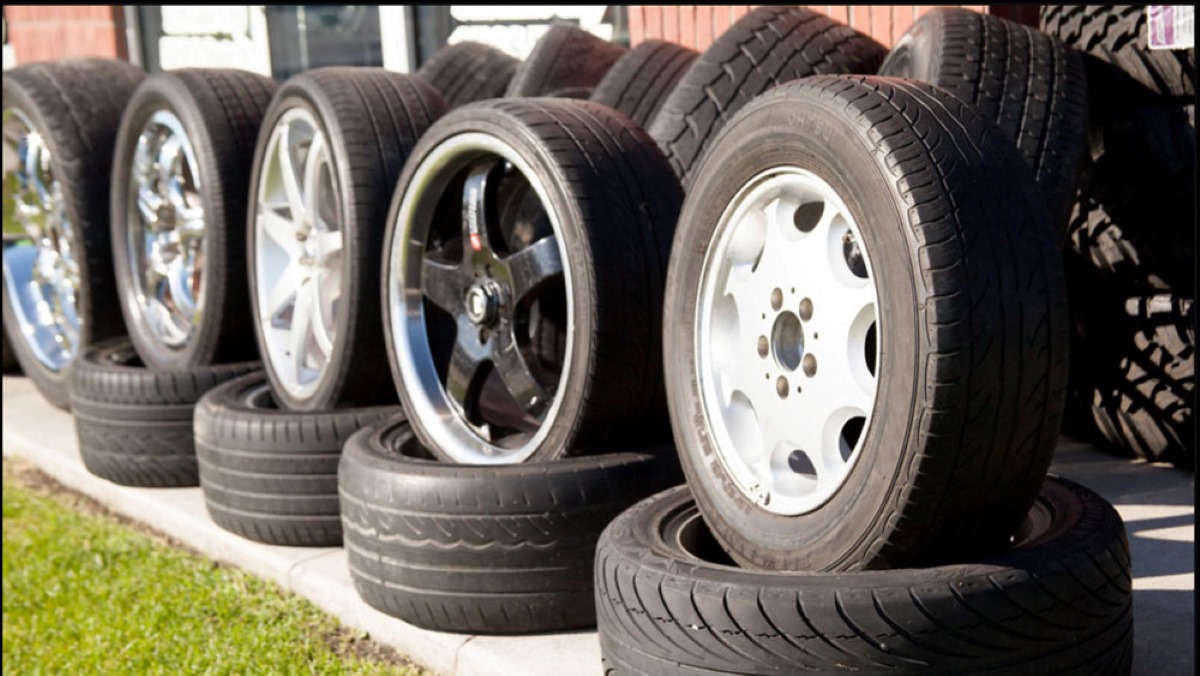

Articles
How To Store Tires Without Dry Rotting
Modified: February 24, 2024
Learn how to store your tires properly to prevent dry rotting. Read our informative articles for tips and tricks on tire storage.
(Many of the links in this article redirect to a specific reviewed product. Your purchase of these products through affiliate links helps to generate commission for Storables.com, at no extra cost. Learn more)
Introduction
When it comes to maintaining the longevity of your tires, one of the main concerns is preventing dry rot. Dry rot occurs when tires are not properly stored, leading to cracking, deterioration, and decreased performance. As a result, it’s important to understand how to store tires to prevent dry rotting and ensure they stay in top shape.
In this article, we will explore various methods and best practices to store tires without the risk of dry rot. By following these guidelines, you can prolong the life of your tires and maintain their safety and performance for longer.
Understanding the causes and consequences of dry rot is crucial to comprehending the importance of proper tire storage. Dry rot is a condition that affects tires when the rubber compounds lose their elasticity and become brittle, leading to cracking and deterioration. This occurs primarily due to prolonged exposure to heat, UV rays, and harsh weather conditions.
Whether you are storing winter tires during the summer months or have an extra set of tires for your vehicle, taking the necessary steps to prevent dry rot is essential. The methods outlined in this guide will help you protect your investment and keep your tires in optimal condition until they are ready to be used again.
Key Takeaways:
- Proper tire storage, including choosing the right location, cleaning, and using tire covers, is crucial to prevent dry rot. These practices protect your investment and ensure top-notch tire performance.
- Regular inspection, maintenance, and following preventive measures such as driving regularly and avoiding UV exposure significantly reduce the risk of dry rot in tires. Incorporating these practices maximizes tire lifespan and performance.
Read more: How To Store Tires Without Rims
Understanding Dry Rot in Tires
Dry rot, also known as sidewall cracking, is a common problem that affects tires when they are improperly stored or exposed to unfavorable conditions for extended periods. It is crucial to understand the causes and consequences of dry rot to effectively prevent it and preserve the integrity of your tires.
One of the main causes of dry rot is prolonged exposure to UV rays from the sun. Over time, the rubber compound in tires can break down when exposed to sunlight, resulting in dry rot and cracks. This is especially a concern if you store your tires outside or in an area with direct sunlight. It is important to shield your tires from excessive sunlight to prevent dry rot.
In addition to UV exposure, extreme temperatures can also contribute to dry rot. Tire rubber can become brittle in extremely hot or extremely cold conditions, leading to cracking and deterioration. This is particularly relevant if you live in an area with fluctuating temperatures or store your tires in a garage without climate control.
Furthermore, moisture and humidity can also play a role in the development of dry rot. Excessive moisture can cause the rubber to degrade and become more vulnerable to cracking and deterioration. If you live in a humid climate or store your tires in a damp environment, it is essential to take precautions to minimize moisture exposure.
The consequences of dry rot can be significant. Cracked and deteriorated tires are not only aesthetically unpleasing but also compromise the safety and performance of your vehicle. Dry rot can weaken the tire structure, leading to potential tire failure, loss of traction, and decreased handling capabilities. In extreme cases, it can even result in a blowout, putting you and your passengers at risk.
By understanding the causes and consequences of dry rot, you can take the necessary steps to prevent it and ensure the longevity and performance of your tires. The following sections will delve into the best practices for tire storage to keep your tires free from dry rot and ready for use when needed.
Choosing the Right Storage Location
When it comes to storing tires, selecting the proper storage location is crucial to prevent dry rot and maintain the optimal condition of your tires. Consider the following factors when choosing the right storage location:
- Avoid Direct Sunlight: Exposure to direct sunlight can accelerate the process of dry rot in tires. Choose a storage location that is shaded or indoors to minimize UV exposure.
- Controlled Temperature: Extreme temperatures can cause rubber to become brittle and susceptible to dry rot. Ideally, store tires in a climate-controlled environment to maintain a stable temperature.
- Low Humidity: Moisture and humidity can contribute to the development of dry rot. Avoid storing tires in damp areas or basements prone to moisture buildup.
- Good Air Circulation: Proper ventilation is important to prevent the accumulation of moisture and humidity. Ensure there is adequate airflow in the storage area to keep the tires dry.
- Clean and Dry Space: Before storing your tires, ensure the storage area is clean and free from debris, oil, and chemicals that may negatively affect the rubber compound.
- Keep Tires Elevated: Store tires off the ground to prevent moisture absorption and potential damage. Use pallets or tire racks to elevate the tires, allowing for air circulation underneath.
- Security Considerations: If storing tires outside the home, consider security measures such as fencing or locked sheds to prevent theft and vandalism.
By selecting an appropriate storage location that takes into account these factors, you can significantly reduce the risk of dry rot and prolong the lifespan of your tires. Next, we will discuss the importance of cleaning and preparing the tires before storing them.
Cleaning and Preparing the Tires for Storage
Cleaning and properly preparing your tires for storage is an important step in preventing dry rot and maintaining their condition. Here’s a step-by-step guide to cleaning and preparing your tires before storing them:
- Clean the Tires: Start by thoroughly cleaning the tires to remove any dirt, debris, and brake dust that may have accumulated. Use a mild soap or tire cleaner along with a brush to scrub the tires and sidewalls. Rinse off the cleaning solution and allow the tires to dry completely before moving on to the next step.
- Inspect for Damage: While cleaning, take the opportunity to inspect the tires for any signs of damage, such as cuts, bulges, or punctures. If you notice any issues, it’s best to replace the tires instead of storing them.
- Deflate the Tires: It’s recommended to slightly deflate the tires before storage to relieve pressure on the rubber and prevent the sidewalls from cracking. Consult your vehicle’s manual or tire manufacturer’s recommendations for the appropriate tire pressure for storage.
- Avoid Petroleum-Based Products: When it comes to applying tire shine or protectant, avoid products that contain petroleum-based ingredients. These can accelerate the process of dry rot. Instead, opt for water-based tire dressings or silicone-based products.
- Apply a Tire Protectant: After cleaning and deflating the tires, apply a tire protectant or conditioner to help preserve the rubber and protect against UV damage. Follow the product instructions for the appropriate amount and application method.
By properly cleaning and preparing your tires before storage, you can remove any contaminants that could potentially degrade the rubber compound and enhance the overall longevity of your tires. In the next section, we will discuss proper tire stacking techniques to maximize space and minimize the risk of damage.
Proper Tire Stacking Techniques
When it comes to storing tires, proper stacking techniques are essential to prevent damage and maintain their shape. Follow these tips to ensure you stack your tires correctly:
- Stack Tires Vertically: The best way to stack tires is vertically, one on top of the other. This helps distribute the weight evenly and prevents the tires from warping or deforming over time. Avoid stacking tires horizontally, as this can lead to tire distortion.
- Use Tire Racks or Stands: If you have multiple sets of tires to store, consider investing in tire racks or stands. These devices provide a stable platform for stacking tires and keep them in an upright position, reducing the risk of damage.
- Align Tires on the Tread: When stacking tires, align them based on the tread pattern. This ensures that the weight is evenly distributed across the tires and minimizes the potential for tread distortion or damage.
- Avoid Overloading: Avoid overloading the tire stacks. It’s important to consider the weight capacity of the tire rack or stand you are using. Excessive weight can lead to tire deformation and compromise the integrity of the stack.
- Leave Space Between Stacks: Be sure to leave some space between each tire stack to allow for proper air circulation and prevent moisture accumulation. This helps minimize the risk of mildew or mold growth on the tires.
- Do Not Stack Different Tire Sizes: It’s best to avoid stacking different tire sizes together, as this can lead to uneven weight distribution and potential tire damage. If you have different tire sizes, consider storing them separately.
By following these proper tire stacking techniques, you can maximize storage space, reduce the risk of tire damage, and ensure your tires maintain their shape and integrity during storage. The next section will discuss the use of tire covers or bags to provide additional protection for your tires.
Store tires in a cool, dry, and dark place away from direct sunlight and sources of heat. Avoid storing them near electric motors or generators, as ozone can accelerate dry rot. Use tire covers to protect from UV rays.
Read more: How To Store Rims Without Tires
Using Tire Covers or Bags
Using tire covers or bags is an effective way to provide an extra layer of protection for your tires during storage. These covers or bags can help shield the tires from dust, UV rays, and other elements that can contribute to dry rot. Here are some tips on using tire covers or bags:
- Select the Right Cover or Bag: Choose a tire cover or bag that fits your tire size snugly. Ensure it provides sufficient coverage for the entire tire, including the sidewalls.
- Opt for UV-resistant Material: Look for tire covers or bags made from UV-resistant material, as this will help protect the tires from the damaging effects of sunlight.
- Clean and Dry the Tires: Before covering the tires, make sure they are clean and completely dry. This helps prevent moisture and dirt from being trapped inside the covers or bags, which can lead to mold or mildew growth.
- Secure the Covers or Bags: Ensure the tire covers or bags are securely fastened to prevent them from slipping off or getting damaged. Some covers come with adjustable straps or cords for a secure fit.
- Store Covered Tires Properly: Place the covered tires in the designated storage location, following the recommended tire stacking techniques. Keep the stacks of covered tires separate from other objects to avoid any unnecessary pressure or rubbing.
- Regularly Inspect the Covers or Bags: Periodically check the tire covers or bags for any signs of wear or damage. If you notice any issues, replace them promptly to ensure continued protection for your tires.
Using tire covers or bags is a simple yet effective way to safeguard your tires from dry rot and maintain their condition during storage. By investing in good quality covers or bags and following these guidelines, you can add an extra layer of protection and extend the life of your tires.
In the next section, we will discuss the importance of regular inspection and maintenance to monitor the condition of your stored tires.
Regular Inspection and Maintenance
Regular inspection and maintenance of your stored tires are crucial to monitor their condition and catch any potential issues early on. By following these steps, you can ensure your tires remain in good shape during storage:
- Inspect for Damage: Regularly examine the tires for signs of damage, such as cracks, bulges, or punctures. If you notice any issues, it’s best to replace the tires instead of continuing to store them.
- Check for Proper Inflation: Periodically check the tire pressure and make sure it is within the manufacturer’s recommended range. Improper inflation can lead to tire deformation and compromise their performance.
- Rotate the Tires: If you are storing the tires for an extended period, consider rotating them every few months. This helps prevent flat spots from developing, especially if the tires remain stationary for a prolonged time.
- Keep the Tires Clean: Regularly wipe off any dust or debris that may have accumulated on the tires. Use a soft cloth or brush to gently clean the surface. This helps maintain the appearance of the tires and prevents particles from degrading the rubber compound.
- Monitor the Storage Environment: Keep an eye on the storage environment for any changes that may affect the stored tires. Check for any signs of excessive moisture, temperature fluctuations, or pest infestation that could lead to tire damage.
- Follow Manufacturer’s Recommendations: Refer to the tire manufacturer’s guidelines for specific instructions on storage duration and any additional precautions you need to take. Different tire types and brands may have slightly different recommendations.
By conducting regular inspections and performing necessary maintenance, you can catch any potential issues before they escalate and ensure your stored tires remain in optimal condition. This proactive approach helps safeguard against dry rot and enhances the overall longevity and performance of your tires.
Now that we have covered the importance of regular inspection and maintenance, let’s move on to some additional tips to prevent dry rot in tires.
Tips to Prevent Dry Rot in Tires
Preventing dry rot in tires involves taking proactive measures throughout their lifespan. By following these tips, you can minimize the risk of dry rot and ensure the longevity of your tires:
- Regularly Drive and Rotate Tires: Regularly driving your vehicle helps maintain tire health by flexing the rubber and preventing it from becoming too stiff. Additionally, rotating your tires according to the manufacturer’s recommendations ensures even wear and extends their lifespan.
- Avoid Prolonged Exposure to UV Rays: Whenever possible, park your vehicle in shaded areas or use car covers to protect the tires from direct sunlight. UV rays are a major contributor to dry rot, so minimizing exposure is key.
- Keep Tires Properly Inflated: Maintaining the correct tire pressure helps distribute weight evenly across the tire and reduces stress on the rubber compound. Check the tire pressure regularly and inflate them to the recommended level.
- Drive Safely on Smooth Roads: Rough roads, potholes, and other hazards can put excessive stress on tires, leading to damage and dry rot. Whenever possible, drive on well-maintained roads to reduce the risk of tire deterioration.
- Clean Tires Regularly: Regularly cleaning your tires not only keeps them looking their best but also helps remove debris and contaminants that can degrade the rubber compound over time.
- Use Tire Dressings with Care: If you use tire dressings or shining products, choose water-based or silicone-based formulas that do not contain petroleum-based ingredients. Petroleum-based products can contribute to dry rot, so exercise caution when applying such products.
- Store Tires Properly: Follow the guidelines discussed earlier regarding storage location, cleaning, tire stacking, and the use of tire covers or bags. Proper tire storage plays a crucial role in preventing dry rot during periods of non-use.
- Regularly Inspect Tires: Perform routine inspections to check for any signs of damage, cracks, or other issues. Catching early warning signs can help you address any problems before they worsen.
By implementing these preventive measures, you can significantly reduce the risk of dry rot in your tires and extend their overall lifespan. Remember, regular maintenance and proper care are key to keeping your tires in optimal condition.
Now, let’s conclude this article.
Conclusion
Proper tire storage is essential to prevent dry rot and ensure the longevity of your tires. By understanding the causes and consequences of dry rot and following the best practices outlined in this article, you can protect your investment and keep your tires in top shape.
Choosing the right storage location that minimizes exposure to sunlight, controls temperature and humidity, and provides good air circulation is crucial. Cleaning and preparing the tires before storage help remove contaminants and ensure they are in optimal condition.
Proper tire stacking techniques, using tire covers or bags, and regular inspections and maintenance all contribute to preventing dry rot. Following these guidelines will help maintain the integrity of your tires and avoid potential issues such as cracking, deterioration, and decreased performance.
Additional tips, such as driving regularly, avoiding prolonged exposure to UV rays, keeping tires properly inflated, and driving safely on smooth roads, further contribute to the prevention of dry rot. By taking a proactive approach and implementing these practices, you can maximize the lifespan of your tires and ensure safe and reliable vehicle performance.
Remember, prevention is key when it comes to dry rot. By incorporating these practices into your tire storage routine, you can enjoy the benefits of prolonged tire life, improved safety, and cost savings in the long run.
So, take the necessary steps to store your tires properly and protect them from dry rot. Your tires will thank you with superior performance and longevity.
Frequently Asked Questions about How To Store Tires Without Dry Rotting
Was this page helpful?
At Storables.com, we guarantee accurate and reliable information. Our content, validated by Expert Board Contributors, is crafted following stringent Editorial Policies. We're committed to providing you with well-researched, expert-backed insights for all your informational needs.
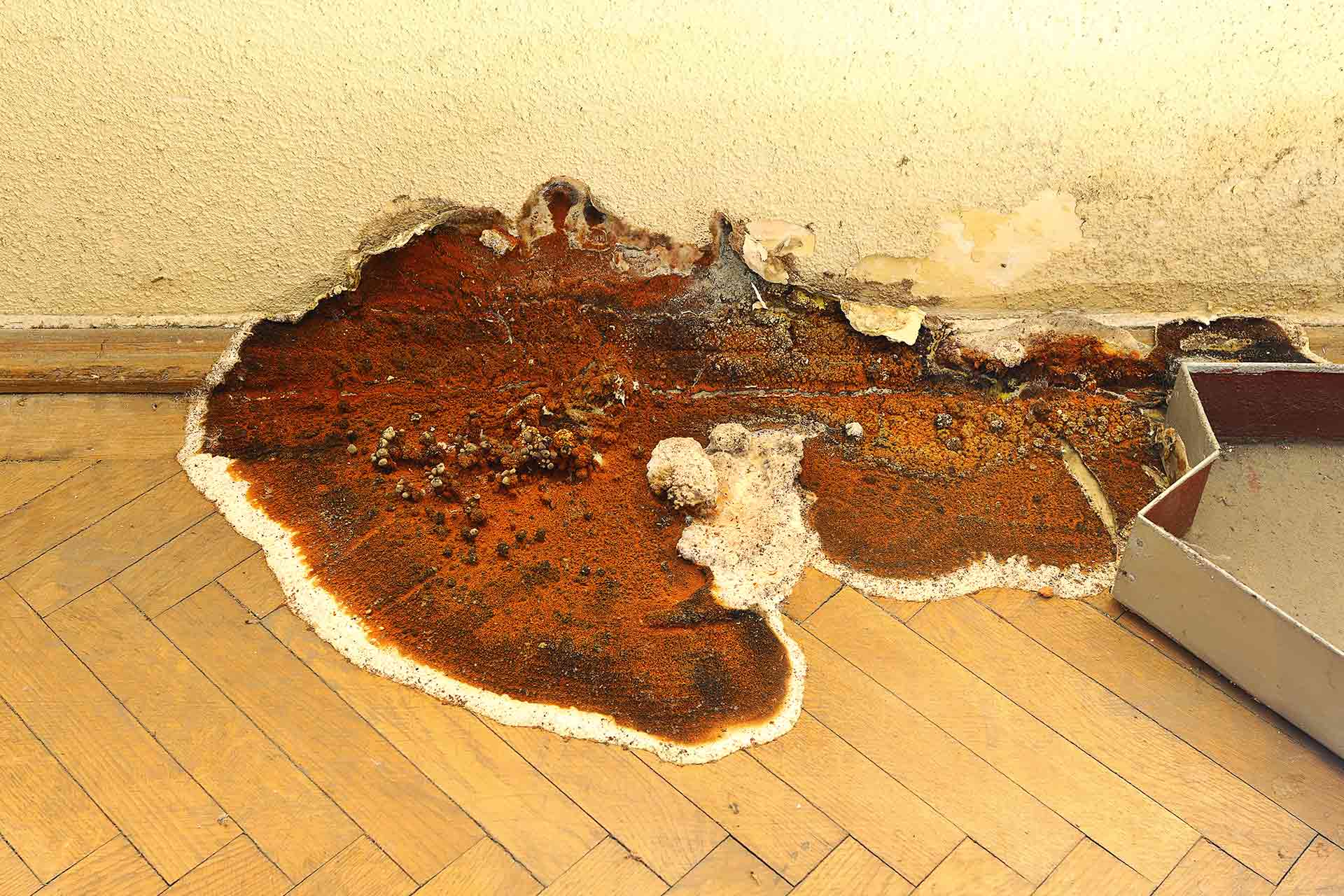

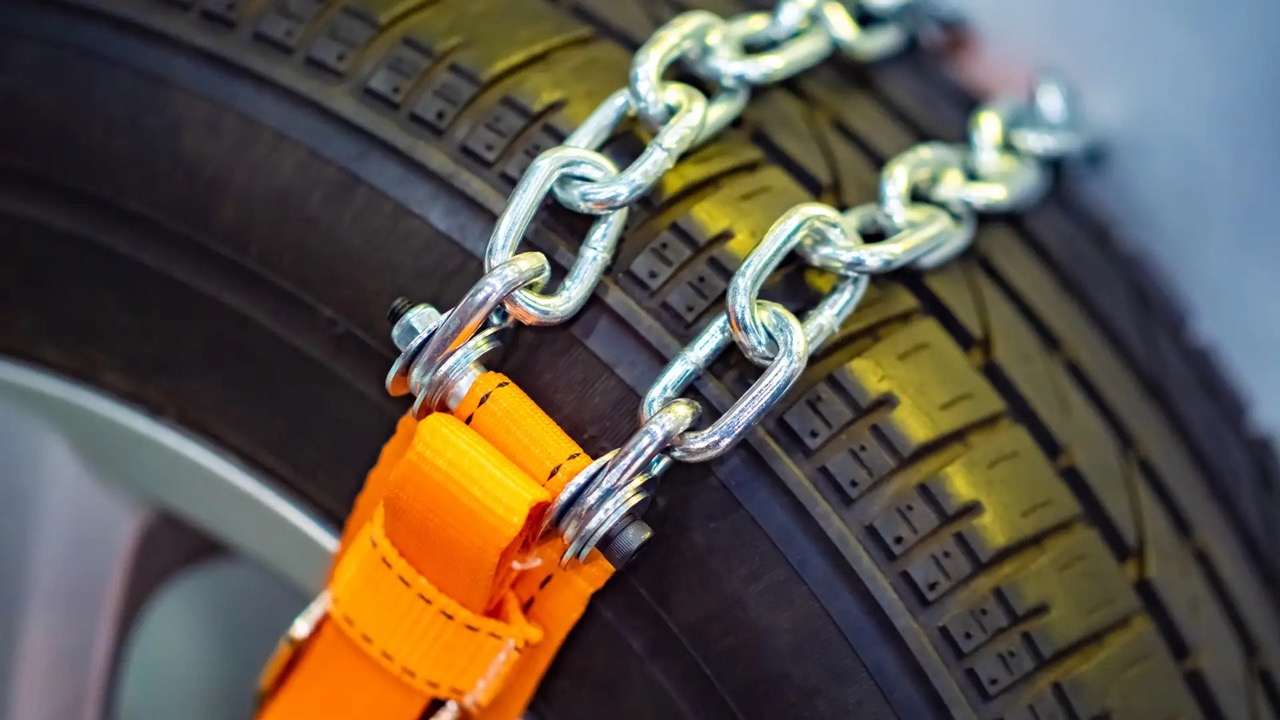
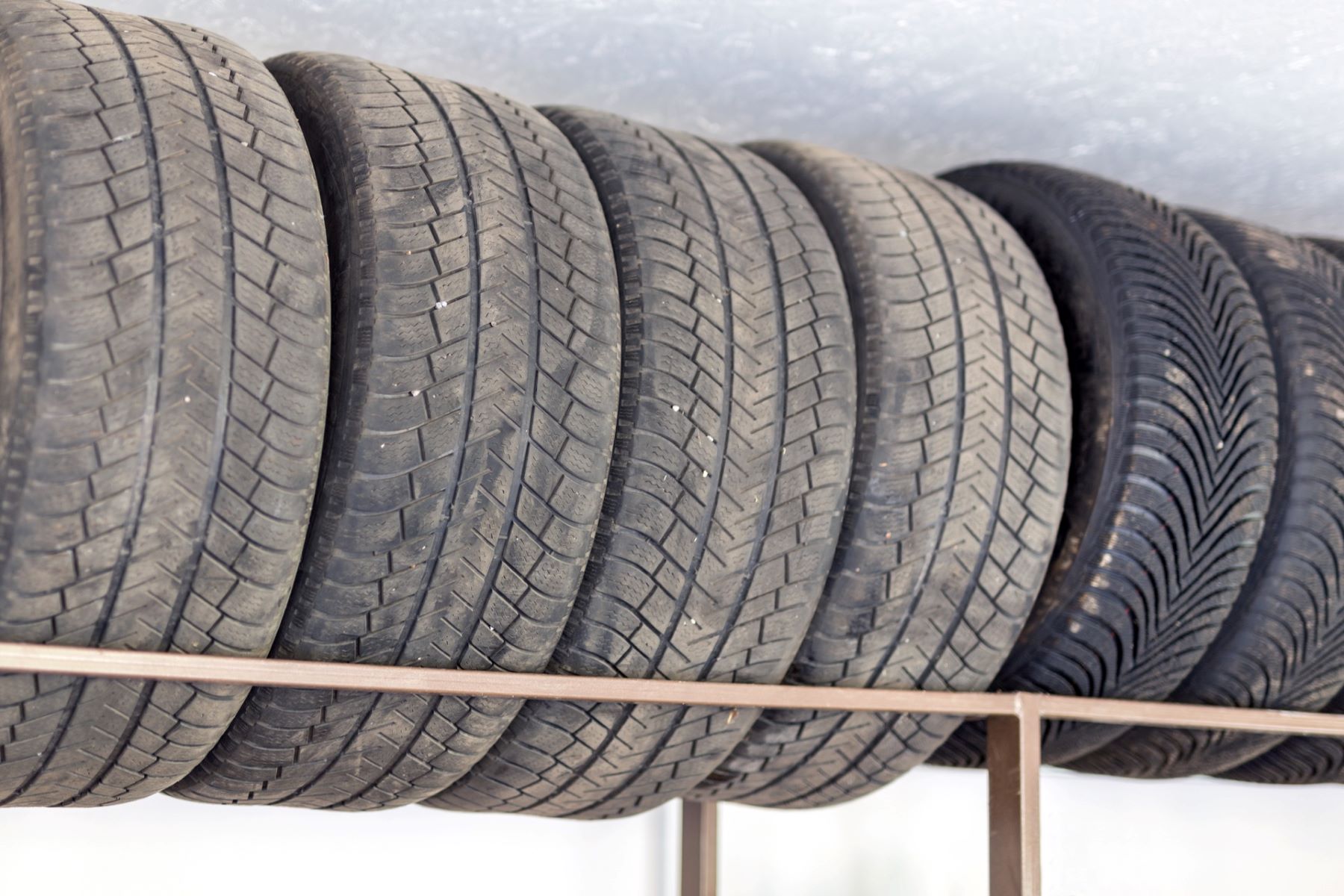
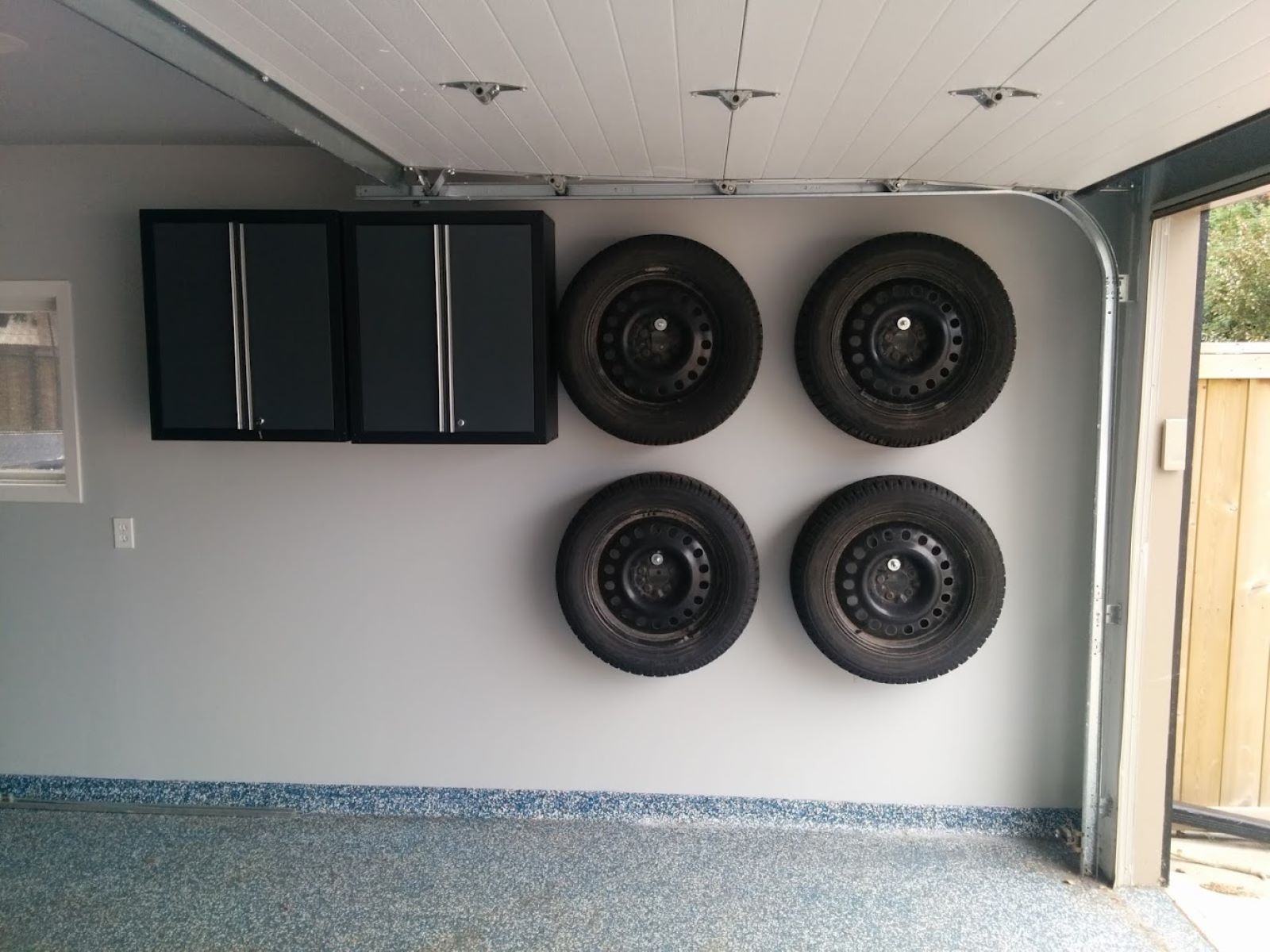
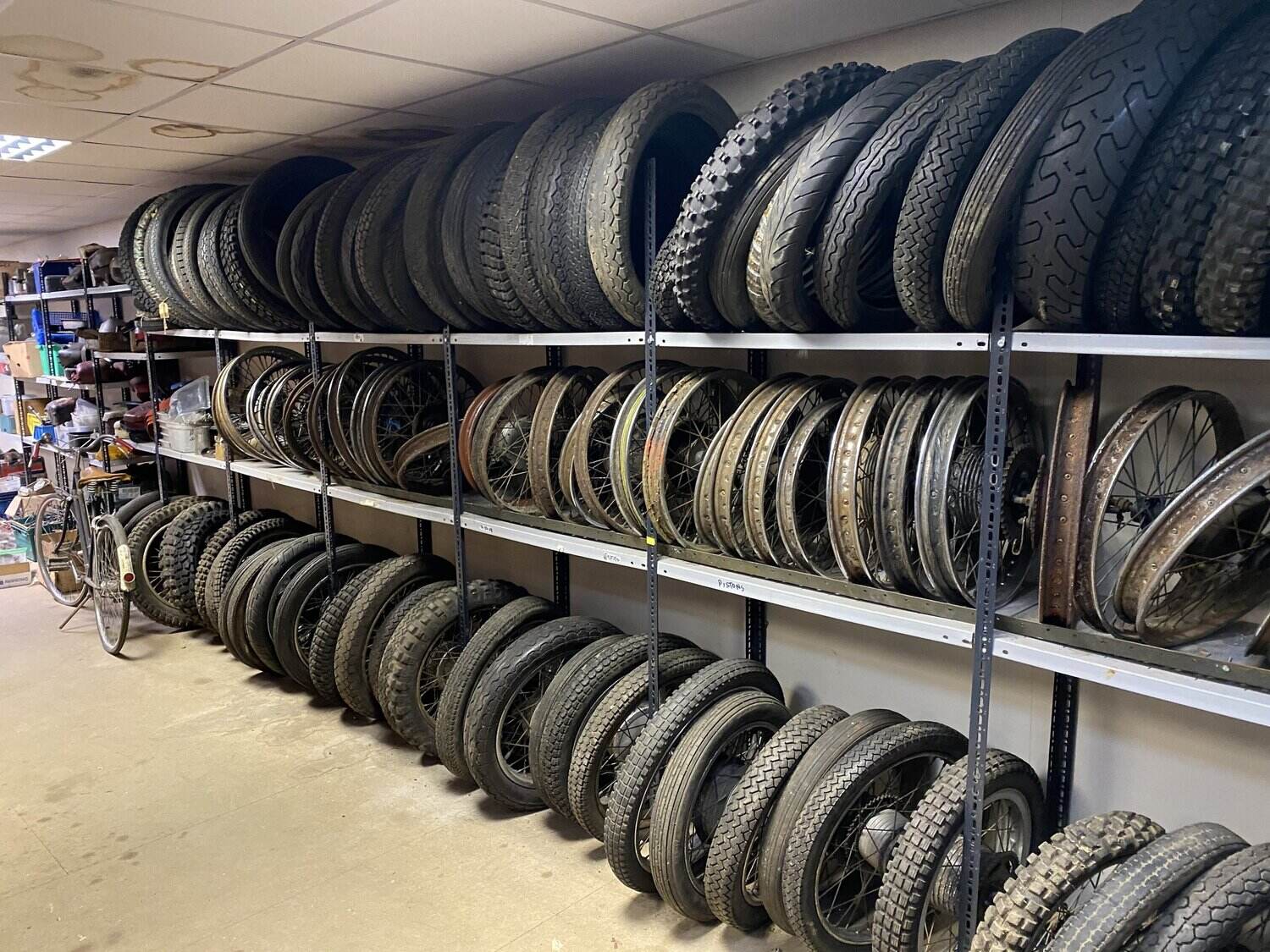
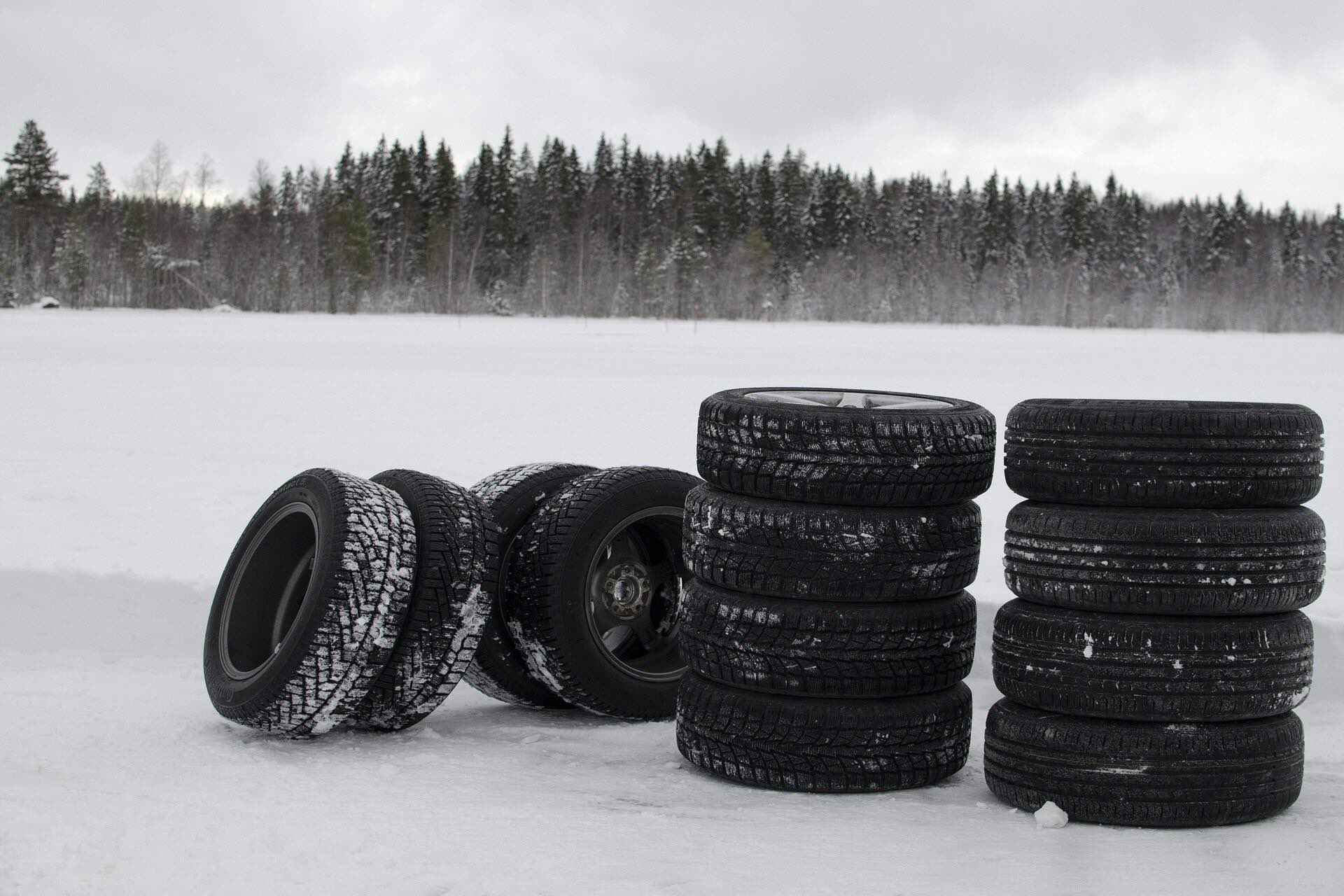





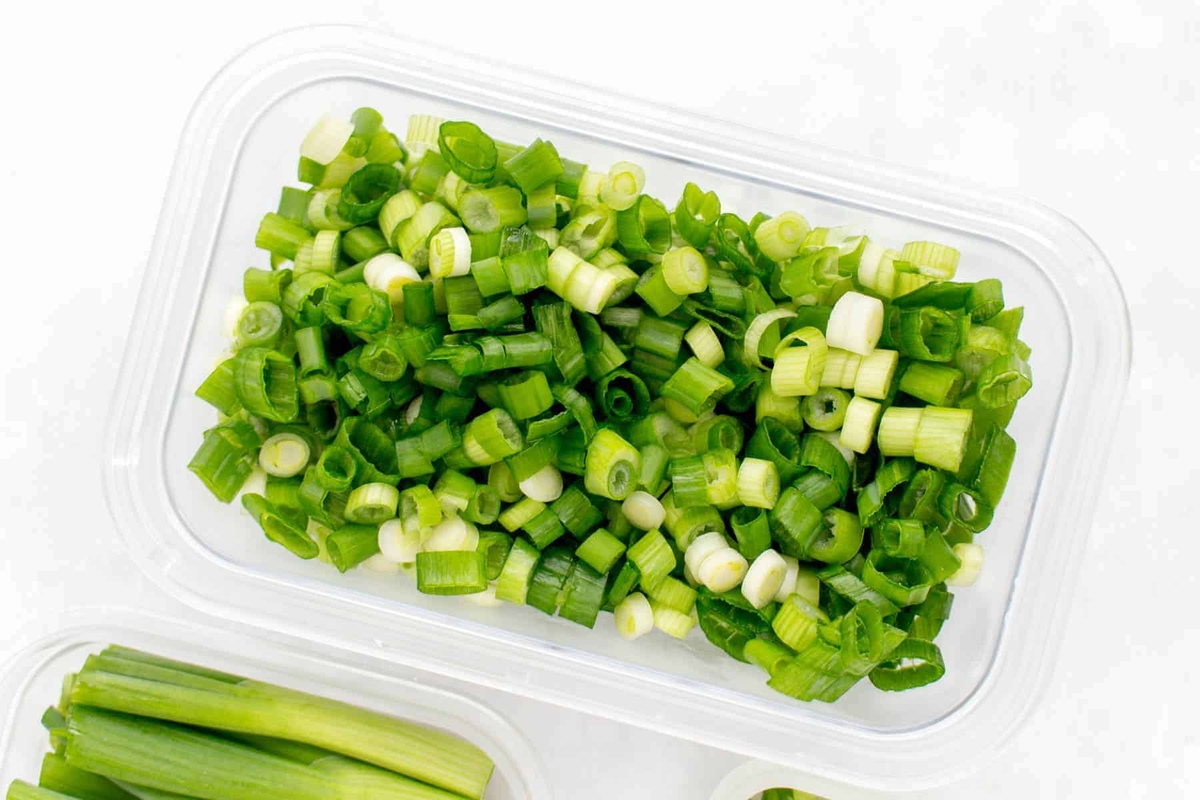


0 thoughts on “How To Store Tires Without Dry Rotting”